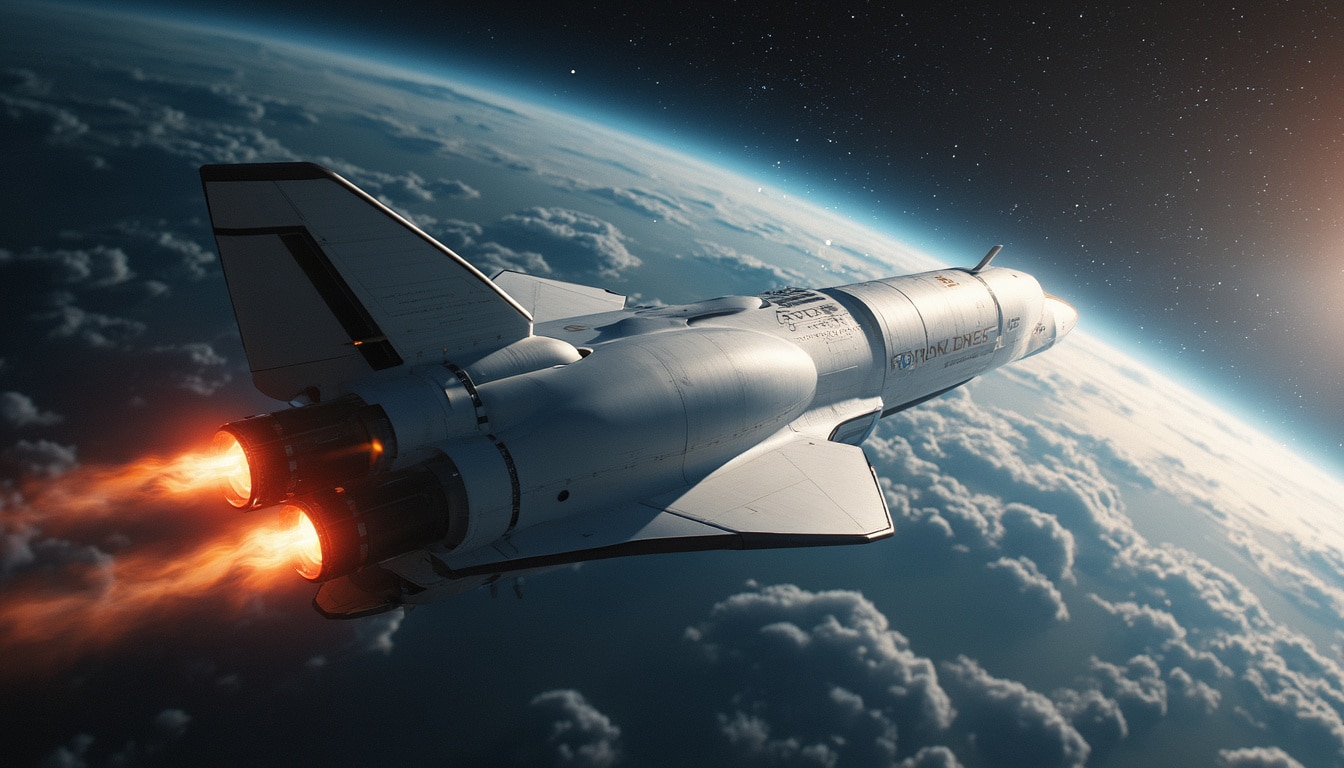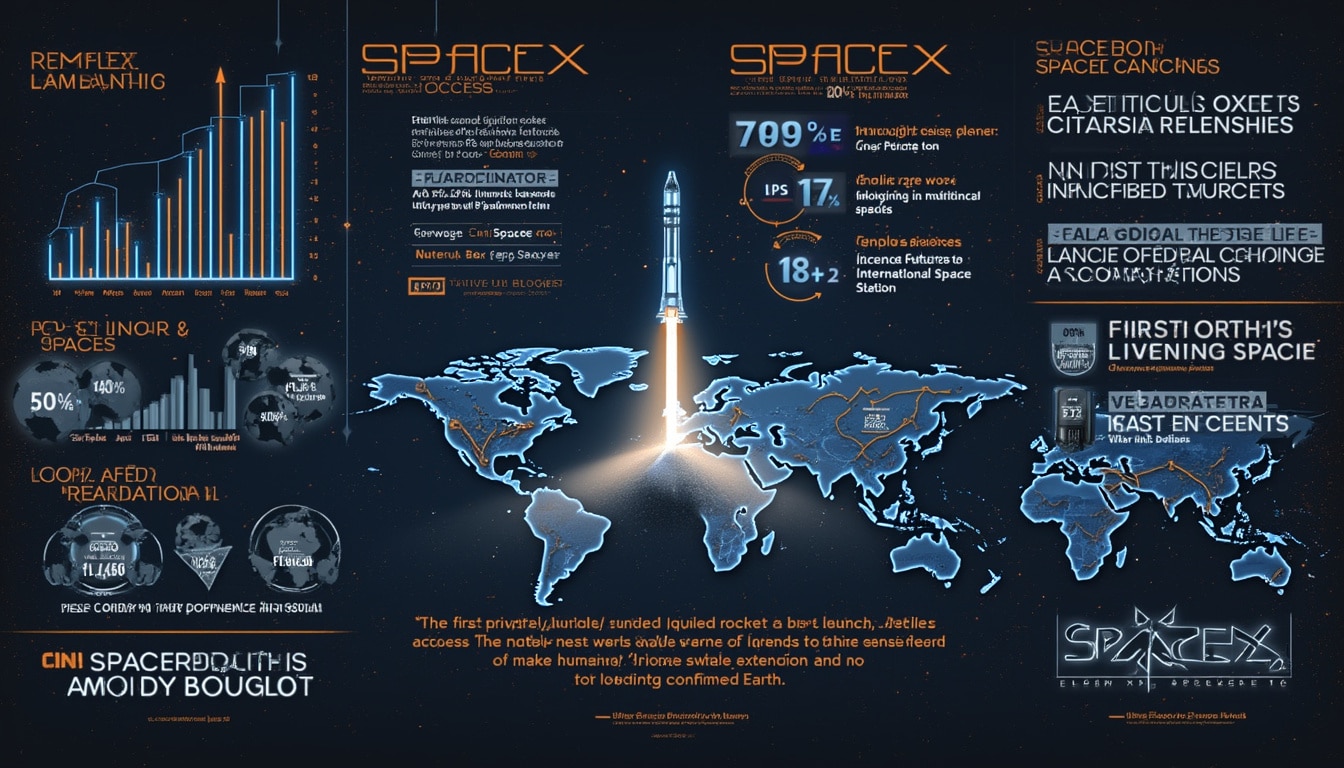The aerospace industry is abuzz with the latest developments regarding the highly anticipated SpaceX Starship program. Recently, the company announced a postponement of the eighth test flight of the Starship due to unresolved technical challenges. This decision showcases the level of precision and diligence that SpaceX adheres to, ensuring that all systems are operational before proceeding with such significant milestones. As we delve deeper into the factors surrounding this setback, we explore the implications it has on future launches and the overall modernization of space exploration.
Understanding SpaceX and Starship
SpaceX has become synonymous with innovation and ambition in the space sector. Founded by Elon Musk in 2002, the company has set a new standard for private aerospace ventures. The Starship program represents the zenith of Musk’s vision for interplanetary travel, aimed at making life multi-planetary. It is designed to carry humans and cargo to destinations like the Moon and Mars.

The Role of Starship in Space Exploration
The Starship spacecraft has been engineered with various state-of-the-art materials and design features aimed at enabling rapid reusability. Conceptually, Starship will support a wide array of missions, including satellite deployment, point-to-point space travel, and potential missions to Mars.
The postponement of the test flight demonstrates SpaceX’s unwavering commitment to safety and reliability. Although many enthusiasts eagerly await each test, thorough checks are necessary to prevent future complications that could amount to greater frustrations on the journey into the cosmos.
Factors Leading to Launch Postponement
The cancellation of the eighth test flight has raised questions about the technical challenges facing SpaceX. Various factors contribute to the intricate nature of preparing a spacecraft for launch. A significant aspect involves ensuring that the systems are not only operational but also optimized for the rigor of space travel.
Technical Challenges Faced
Technical challenges can range from minor configuration errors to major issues with the rocket systems. Recent reports have highlighted concerns regarding the booster stacking, which is essential for the vehicle’s overall integrity before liftoff. This exemplifies how the complexity of launching rockets comes with a need for precise engineering and thorough testing processes. SpaceX, known for its effective problem-solving, is now working tirelessly to address these challenges before rescheduling the test flight.
While technical glitches are not uncommon in the aerospace realm, they might have larger implications for future missions. Each postponement may impede timelines and—potentially—partnerships, such as those forged with NASA. Therefore, prioritizing meticulous research and testing is crucial for the company’s success.
The Bigger Picture: Implications for SpaceX and the Industry
The ripple effects of the Starship postponement extend beyond just SpaceX’s immediate plans. The aerospace industry is under the microscope, especially regarding its impact on innovation and international collaboration in space exploration. Understanding these wider implications can help set the stage for future advancements.
Private Sector’s Influence on Space Program
With the rise of private companies like SpaceX, the traditional model of government-led space missions is evolving towards a new hybrid model that combines public objectives with private innovation. This fusion could spell new opportunities for partnerships between firms and governments, as well as distribute the risk involved in complex space missions.
Furthermore, as a pioneer in this realm, SpaceX’s trajectory will inevitably influence how other companies approach space projects, including those involved in satellite launches or research missions. As such, every technical challenge, like the recent Starship postponement, is scrutinized by other players in the industry.

Looking Ahead: Future Prospects for Starship
As the aerospace community awaits further updates, attention turns towards the potential rescheduling of the eighth Starship test flight. The foundation of this spacecraft’s success rests on overcoming the current challenges. SpaceX is not merely racing against time but is instead focused on crafting safer, more efficient technologies to ensure their ambitious goals are met.
Potential collaborations with institutions like NASA could pave the way for sharing knowledge and technology. Emphasizing the importance of safety and performance, these partnerships can ultimately enhance the capabilities of space exploration missions.
Outlook on Rocket Testing and Innovations
Testing remains a critical component of rocket development. Each trial provides valuable data that informs future designs and enhances safety protocols.
SpaceX is establishing itself as a formidable entity in rocket testing, utilizing advanced analytics to refine its approach. Launches not only serve as operational events but as calibration opportunities, providing insight into performance metrics and capabilities under various conditions. As rockets evolve, so too will the methods we employ to analyze their efficiencies.
The synergy between traditional aerospace agencies and private enterprises marks a pivotal moment for the industry. A future where the technical challenges are met successfully will usher in a new era that could see manned missions to Mars becoming a reality sooner than anticipated.
| Launch Date | Event | Technical Status |
|---|---|---|
| March 6, 2025 | 8th Test Flight | Postponed due to booster issues |
| December 2024 | 7th Test Flight | Successful, gathered valuable data |
| September 2024 | 6th Test Flight | Delayed for technical upgrades |
In Summary: A Vision for the Future
The perseverance demonstrated by SpaceX amid these challenges highlights the trailblazing spirit of modern aerospace innovation. Understanding the balance between ambition and risk management is essential for advancing towards goals that once seemed purely theoretical.
As the world watches how SpaceX navigates through the existing technical issues, an exciting chapter unfolds in the journey of space exploration—one that could redefine not just travel to other planets but revolutionize our understanding of what is possible beyond Earth’s confines. Each delay, each turn creates pathways towards forging alliances, publicity for advancements in rocketry, and a deeper analytical approach to risk advocacy as we aim for the stars.




Leave a Reply